
Being Director of the Renault Group Design Department is no mean feat! It involves managing the design teams for the group’s four brands (Renault, Dacia, Alpine and Mobilize), as well as satellite studios around the world. Each brand has its own design director, reporting to Laurens van den Acker(*). For Renault, this is Gilles Vidal, whose transfer from Peugeot in November 2020, after 24 years and 9 months with the PSA Group, caused quite a stir.
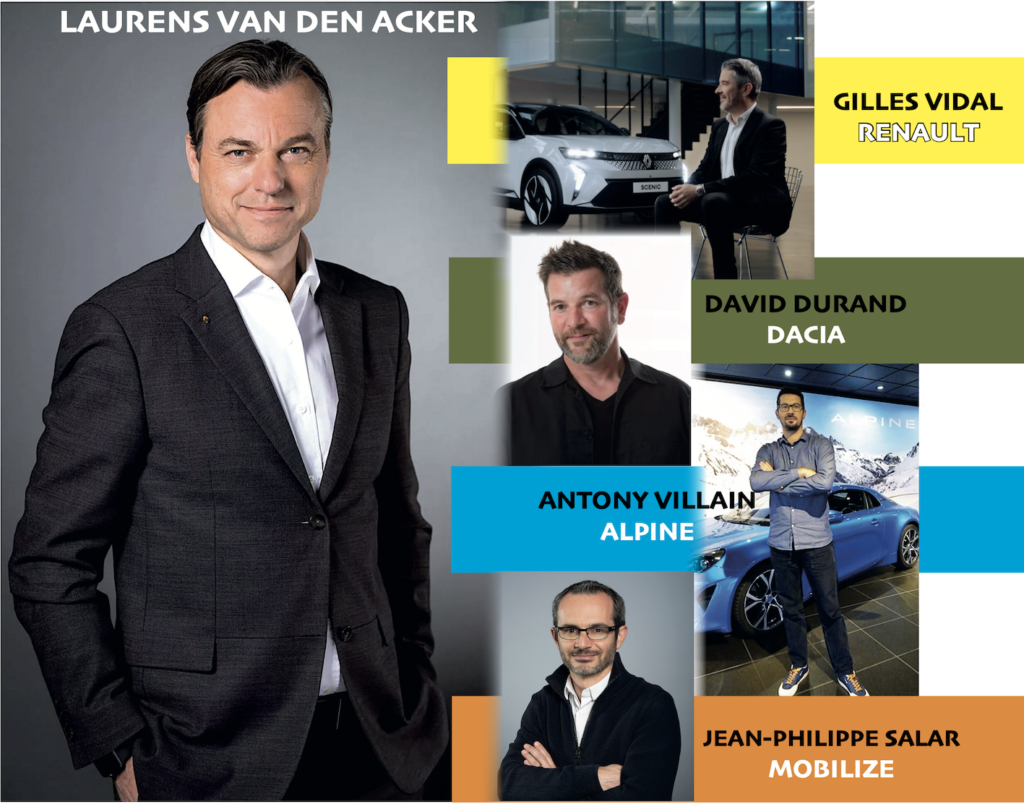
(*) Laurens van den Acker has been Chief Design Officer since 1 February 2023. He has joined the Leadership Team, which replaces the Board of Management (BOM) and the Corporate Management Committee (CDC). This new single management body is responsible for the strategic and operational management of Renault Group activities. Laurens van den Acker has been responsible for a number of recent vehicles and projects, including the Renault Mégane E-Tech Electric, the R5 Prototype and the Dacia Bigster Concept.
David Durand has been head of design at Dacia since May 2022. At the start of the Renaulution, the brand had two design directors who briefly held this position, firstly Alejandro Mesonero-Romanos from November 2020 to May 2021, and then Miles Nürnberger from Aston-Martin. At Alpine, Antony Villain has taken over as head of design to manage a brand whose ambition is to go from a single model (the A110) to seven by 2028, including a new A310 on the APP platform below! You can find the full interview with Antony Villain here: http://lignesauto.fr/?p=28964
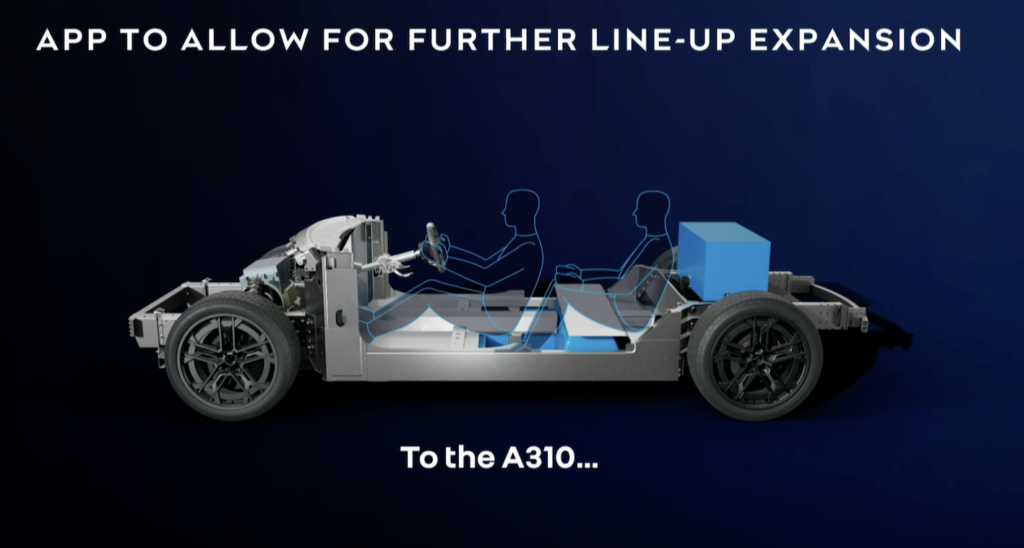
Finally, the Mobilize brand, which Laurens van den Acker likens to a “start-up”, has had its design directed by Jean-Philippe Salar since January 2023. So much for the décor. Let’s take a look at Renault Group’s design centre in Guyancourt, just over 15 kilometres from… Stellantis Europe, below! The Silicon Valley of automotive design in France!
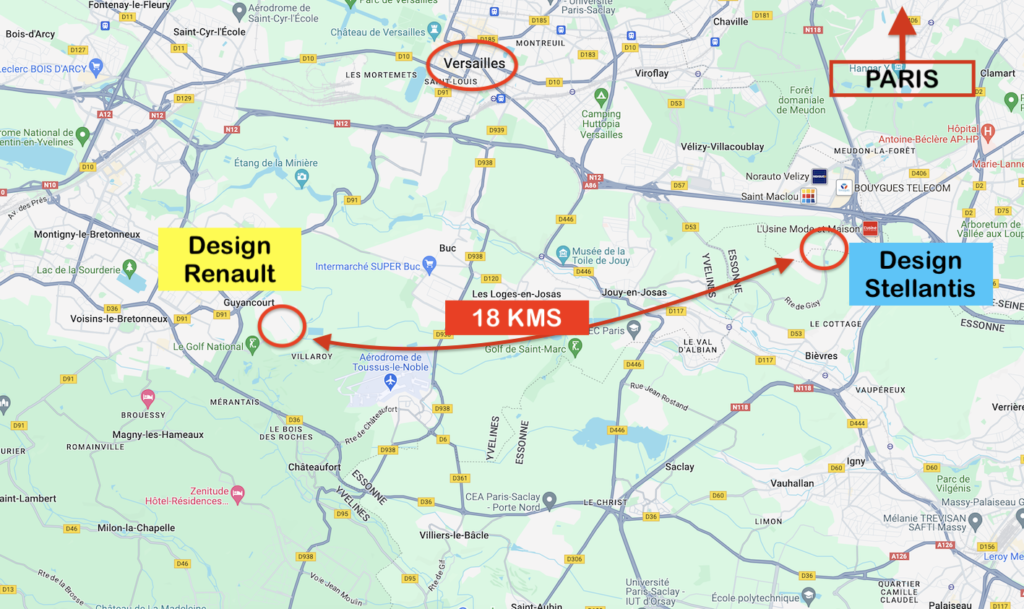
For a better reading experience, download the bilingual 24-page PDF ‘Magazine’, with a bonus, free of charge. Click on the “download” button below the photo
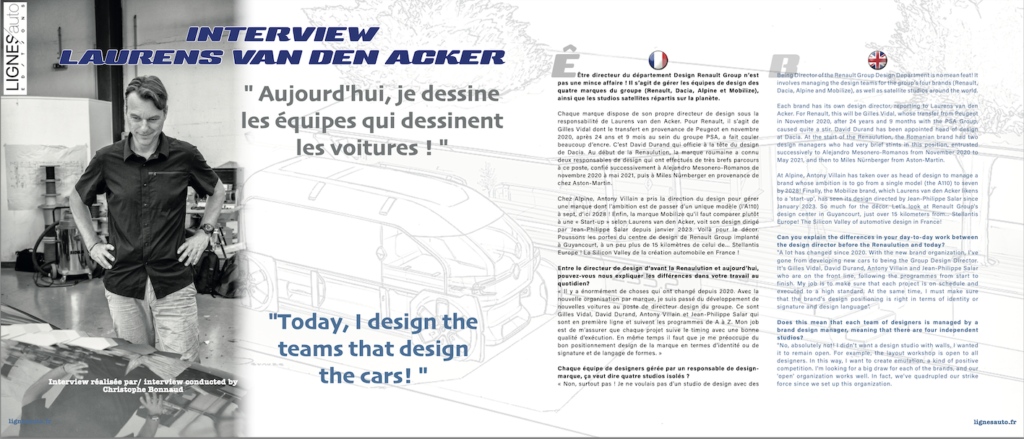
Can you explain the differences in your day-to-day work between the design director before the Renaulution and today?
Laurens van den Acker: “A lot has changed since 2020. With the new brand organisation, I’ve moved from developing new cars to the position of Group Design Director. It’s Gilles Vidal, David Durand, Antony Villain and Jean-Philippe Salar who are on the front line, following the programmes from start to finish. My job is to make sure that each project is on schedule and executed to a high standard. At the same time, I have to make sure that the brand’s design positioning is right in terms of identity or signature and design language”.
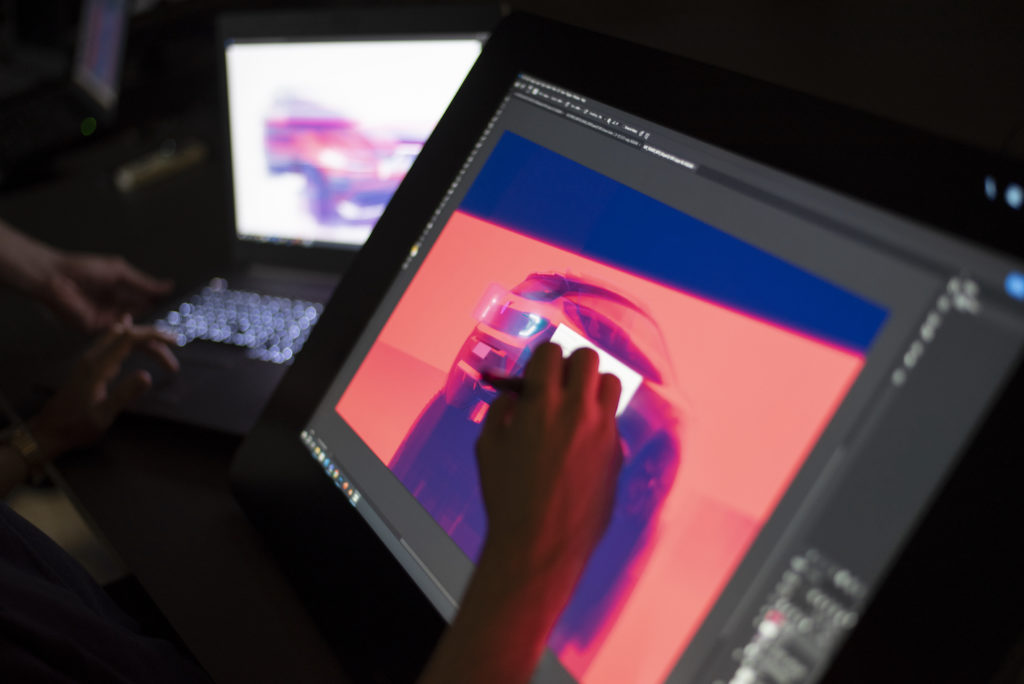
Does this mean that each team of designers is managed by a brand design manager, meaning that there are four independent studios?
“No, absolutely not! I didn’t want a design studio with walls, I wanted it to remain open. For example, the layout workshop is open to all designers. In this way, I want to create emulation, a kind of positive competition. I’m looking for a big draw for each of the brands, and our ‘open’ organisation works well. In fact, we’ve quadrupled our strike force since we set up this organisation.”
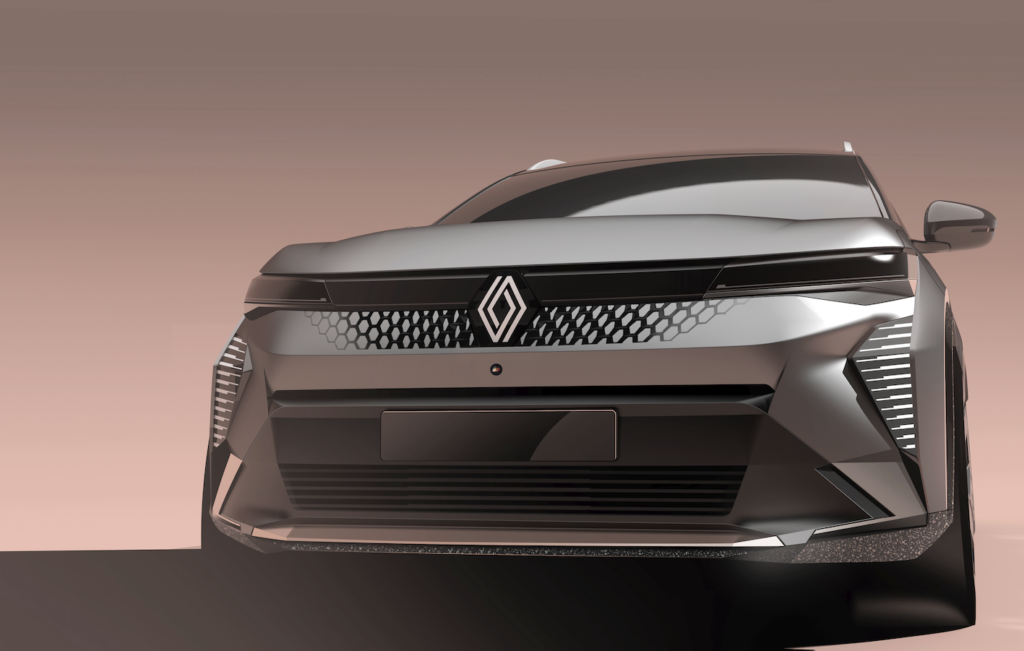
The Alpine and Dacia teams have significantly increased their numbers. How many designers work for the Renault Design Group today?
“We have a total workforce of between 450 and 500, including satellite centres. But behind this figure, there is one element that has changed: the distribution within the teams. We’ve had to increase the number of creative staff to feed all the brands. This organisation has a huge advantage: the designers who work for a brand think 100% about that brand and nothing else!”
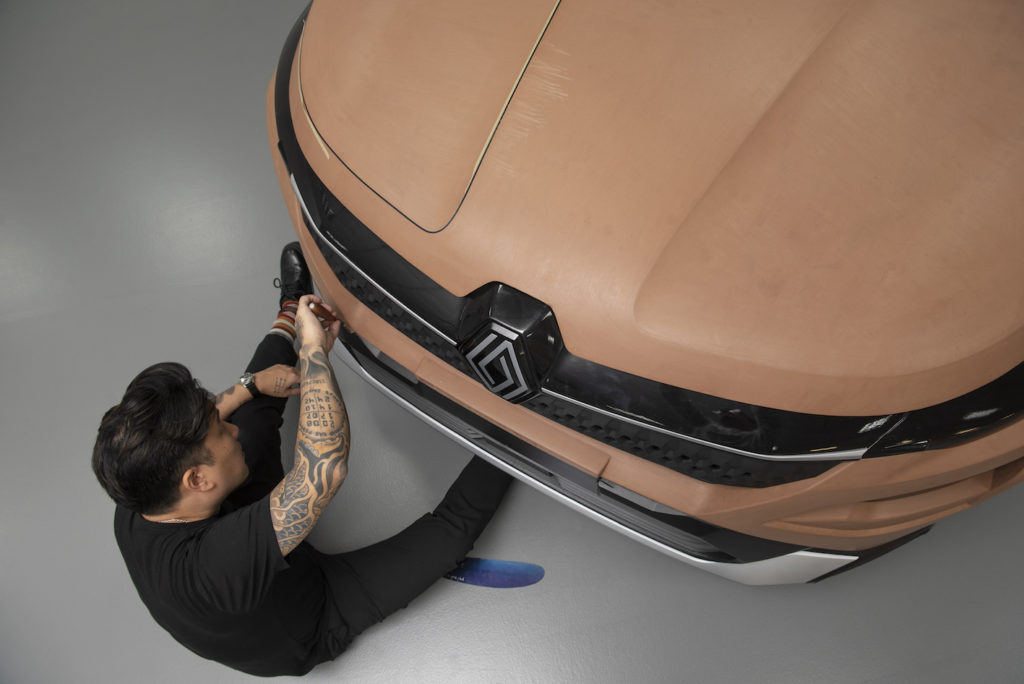
That’s an advantage, but you no longer allow exchanges between the teams of the four brands?
“Yes, we can. But frankly, for the moment, there isn’t much movement between the teams because the organisation is fairly young, and the teams are still being built up. It’s also important to understand one of the reasons why we’re becoming very attractive to designers from outside the group: newcomers can effectively imagine a career by switching from one brand to another, and I personally remain very attached to this of course, because I’m a great believer in versatility”.
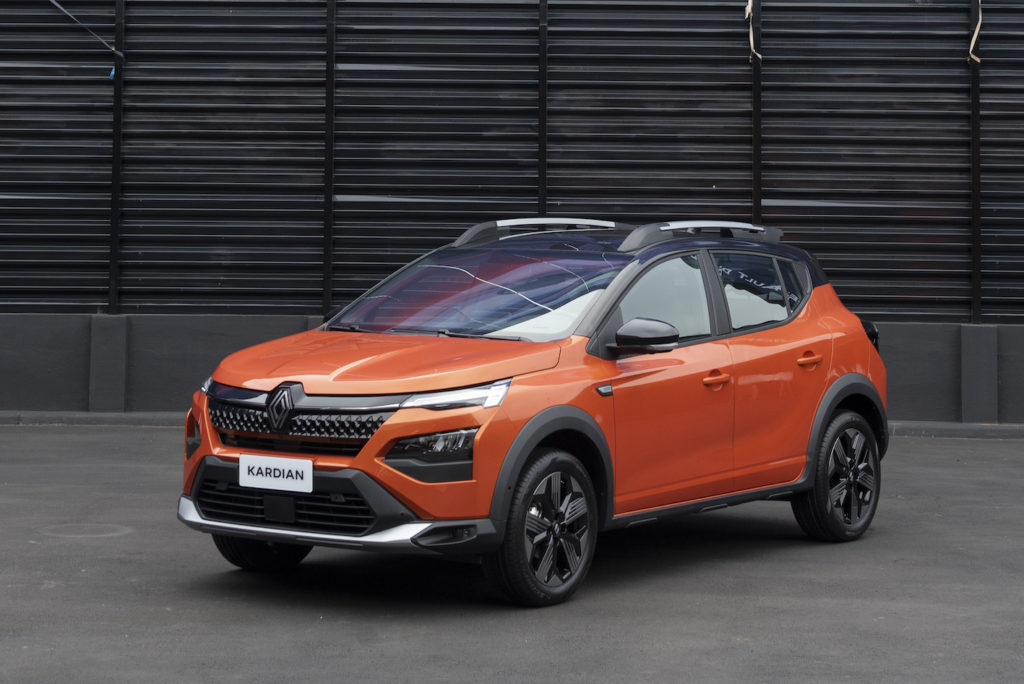
You mentioned satellite studios(*). This type of centre used to be used to ‘refresh’ designers at Guyancourt so that they could rediscover their creativity. Is that no longer the case?
“Not really. The change came about because the crisis forced us to tighten the screws, particularly on costs. You have to realise that it’s expensive for a company to expatriate a designer. So we try to create local teams, with talent that develops locally. In Sao Paulo, for example, leadership is provided by Daniel Nozaki, and we will soon be doing the same in Bucharest, which will have a Romanian design centre director. The designers in Bucharest are talented and ambitious, and they like to work where necessary to help Mobilize or Alpine!”
(*)Renault Group Design has six design centres around the world: France, Romania, China, India, Brazil (below) and Korea.
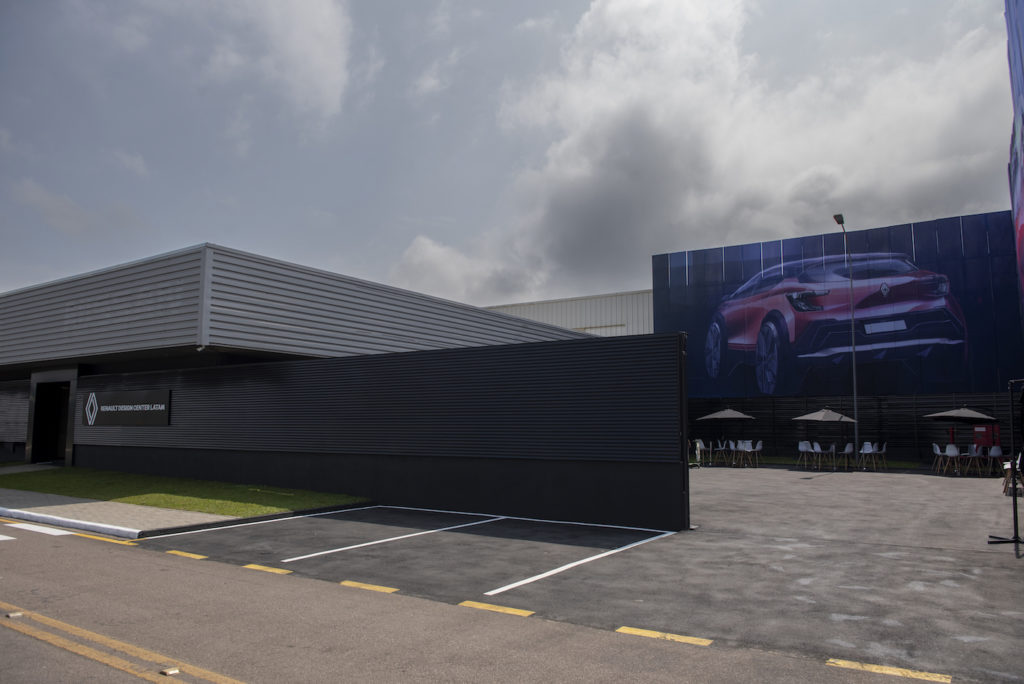
Since we’re talking about the centre of Bucharest, was the new Dacia Duster designed exclusively there?
“The Duster (below) is a key project for Dacia, and even for the Group. So it’s fair to say that everyone contributed to this programme. In concrete terms, during the phase advance at Guyancourt, a styling theme was selected from a model produced by Erde Tungaa. His idea was then refined by Bucharest and it was this design that was chosen. But for me, the Bucharest studio and the Technocentre studio are one and the same. Every day, the designers see each other by videoconference or using virtual reality tools. In practical terms, it’s as if there were just one studio.”
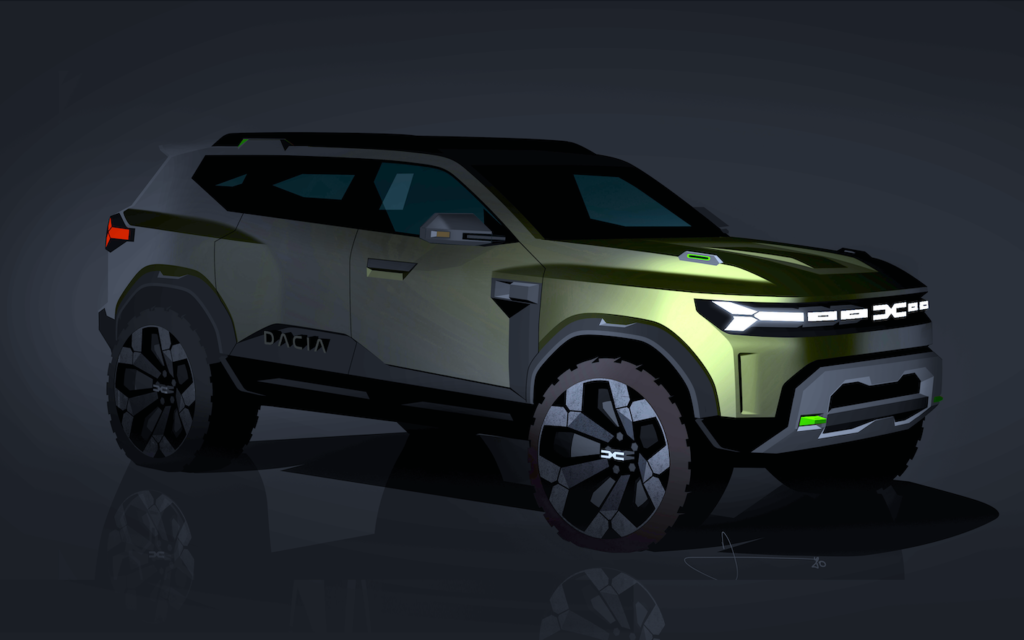
So your satellite studios are not phase advance studios?
“There are many brands that use their satellite studios as phase advance studios, like Mercedes for example. But we created these centres to support local engineering, so that we could adapt the car to local needs. This took some time, as in Chennai on the east coast of India. It wasn’t easy to find competent local designers, but little by little development and engineering focused on the satellite centres. Today, they have mastered all the cost issues involved in moving a project to India or Bucharest (below).”
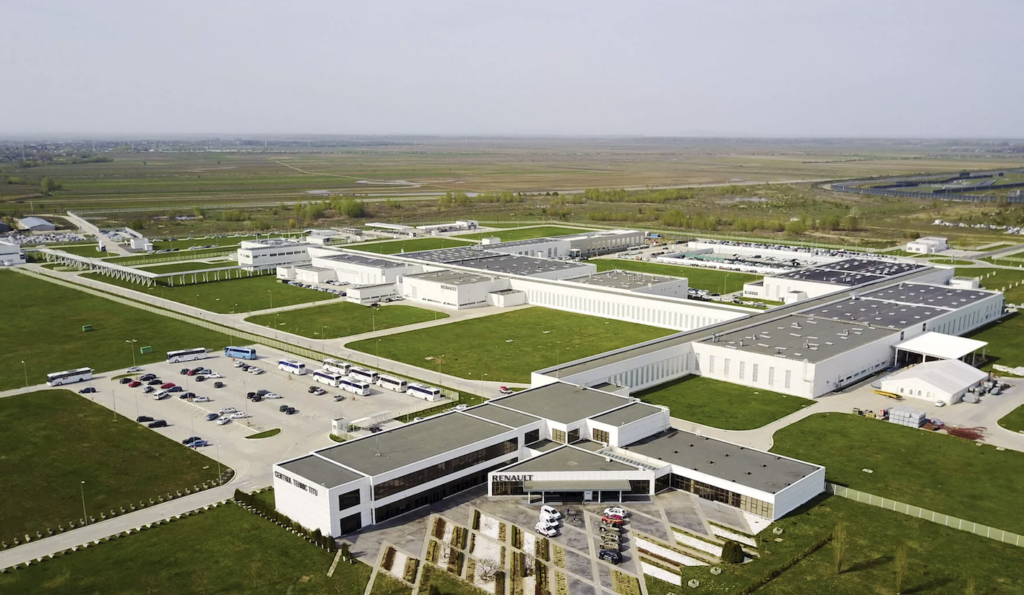
Does a satellite centre like Bucharest have the same tools as Guyancourt?
“Yes, we have the same digital and virtual tools.This is not a small studio.It employs 35 people and has the same 15 m x 3 m LED screen as Guyancourt.This studio will even develop the Duster right through to production.What’s more, it has the capacity to take every Dacia from design to production.”
It’s true that a designer is supposed to accompany his project all the way to the factory…
“I’m a great believer in supporting design through to technical convergence and industrialisation.In fact, it’s vital for a designer to be familiar with all these stages.Some are more at ease in this phase, and others are stronger in an upstream phase.But having a complete background is good training.
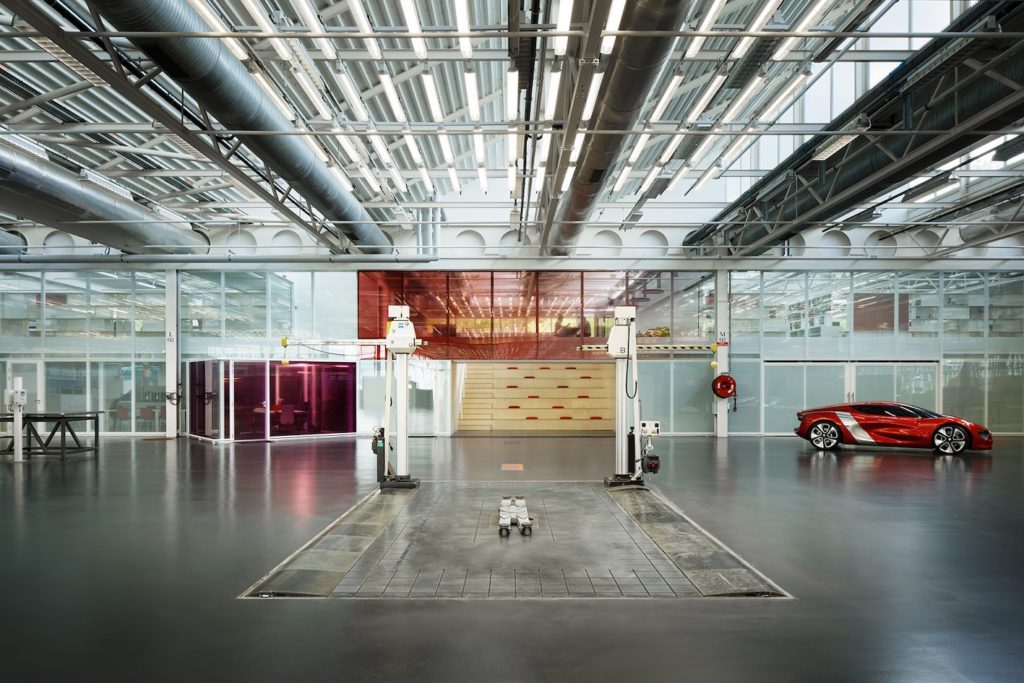
At Guyancourt, above, the Dacia design team has been expanded to include designers from Citroën? Is this a coincidence?
“What I find interesting is that designers used to join us to work for the Renault Group.Today, since the reorganisation by brand, the brands themselves attract designers who want to work for one of these brands and not another.It’s very rewarding for us. For example, Alpine attracts designers from Ferrari (Adrien Acquitter below) and Lamborghini. They certainly wouldn’t have come to work for Renault Group if we hadn’t introduced this brand-based organisation.”
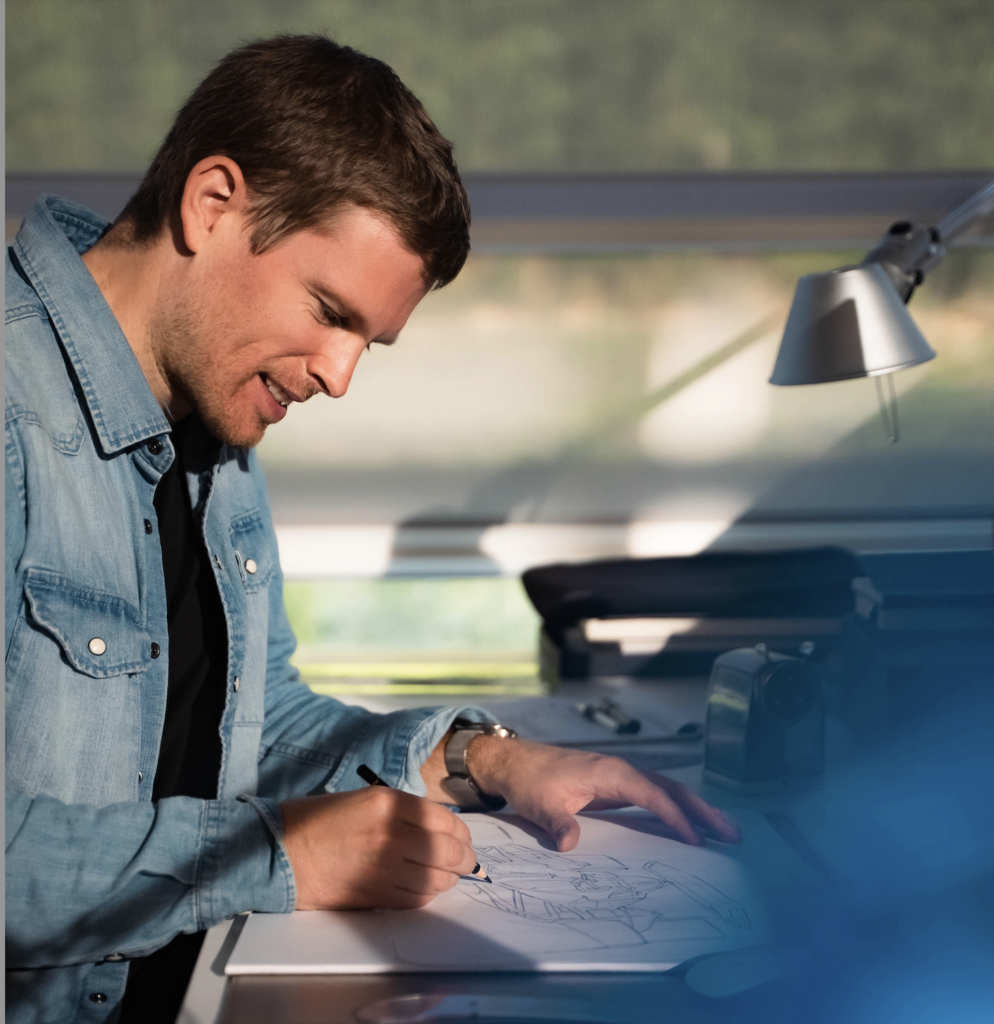
…And what about the flow of Dacia designers from Citroën?
“Our intentions are now clear with Dacia since the Bigster and Manifesto concept cars, and with the new Duster. We’ve noticed that designers want to come and work for Dacia. Not at Renault, or Alpine, but at Dacia. So, obviously, these are designers with experience of rather essential themes, like those from Citroën, or even ‘outdoor’ designers from Land Rover. So they have a natural affinity with the Dacia brand.”

From Dacia to Alpine. The official product plan is ambitious. Is the design team calibrated – I’m talking about numbers, not talent! – to meet this objective?
“It’s true that everything happens at the same time in Renault Group design! First of all, I’d like to say that I find it incredible that Luca de Meo decided to keep the Alpine brand at a very difficult time for the Group. Add to that the situation during containment and Covid in 2020, when the world has stopped turning…”
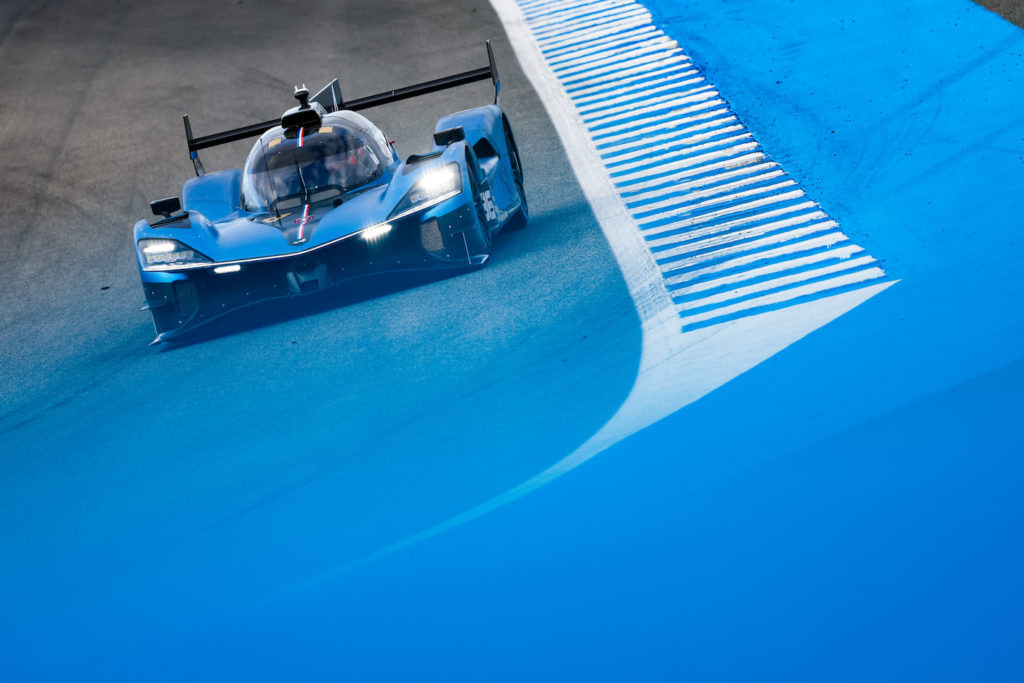
“If Luca de Meo had decided to put an end to Alpine at that time, nobody would have criticised him. But he didn’t. But that’s not all he did: he kept Alpine, he kept F1, he gambled on endurance racing (above) and he put all that together and unveiled two ambitious product plans in quick succession! It’s incredible, and we’ll always be grateful for that. Then it was all about building the Alpine design team. Today, I no longer design cars, but I design the teams that design the cars!”
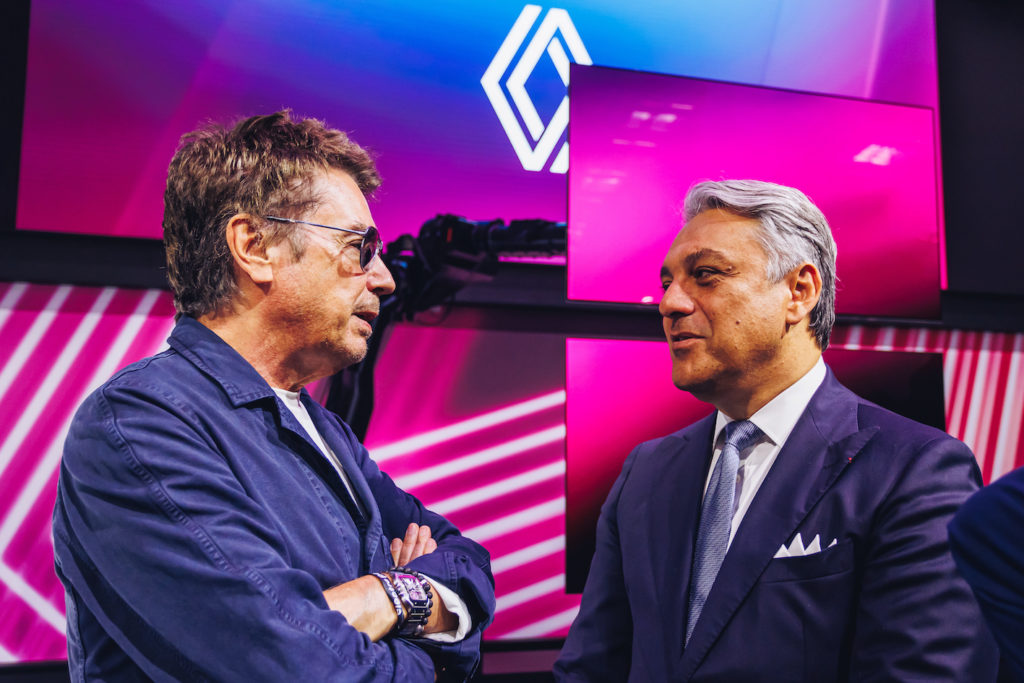
Did Luca de Meo give you any instructions for Alpine?
“Luca asked me to create a Champion’s League team! And so Alpine went from 5 to 35 designers! The team is even going to grow. It’s a team of young talents with a lot of passion. I think now that with all the cars we’ve shown, whether it’s the Alpenglow concept (below), the A290 B or the endurance car, the design world knows that there’s something going on at Alpine and it’s attracting a lot of people!”
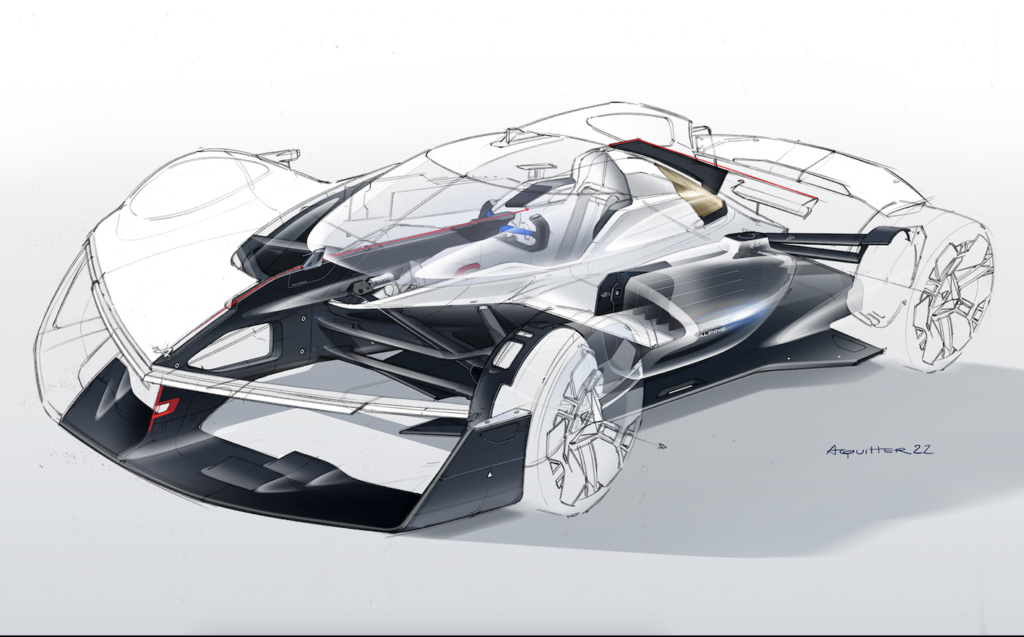
The future Alpine range includes two upper-segment crossovers. In particular, they are aimed at the United States. Is an Alpine designed differently for this particular market?
“Yes, because if we’re talking about the E segment, which is a size that practically doesn’t exist in Europe, we’re designing it for the USA first. It’s a size that’s hard to envisage here, two metres wide. But we have a lot of experience in the team, so we design them differently. When you think about the USA, you imagine proportions that are no longer the same!”
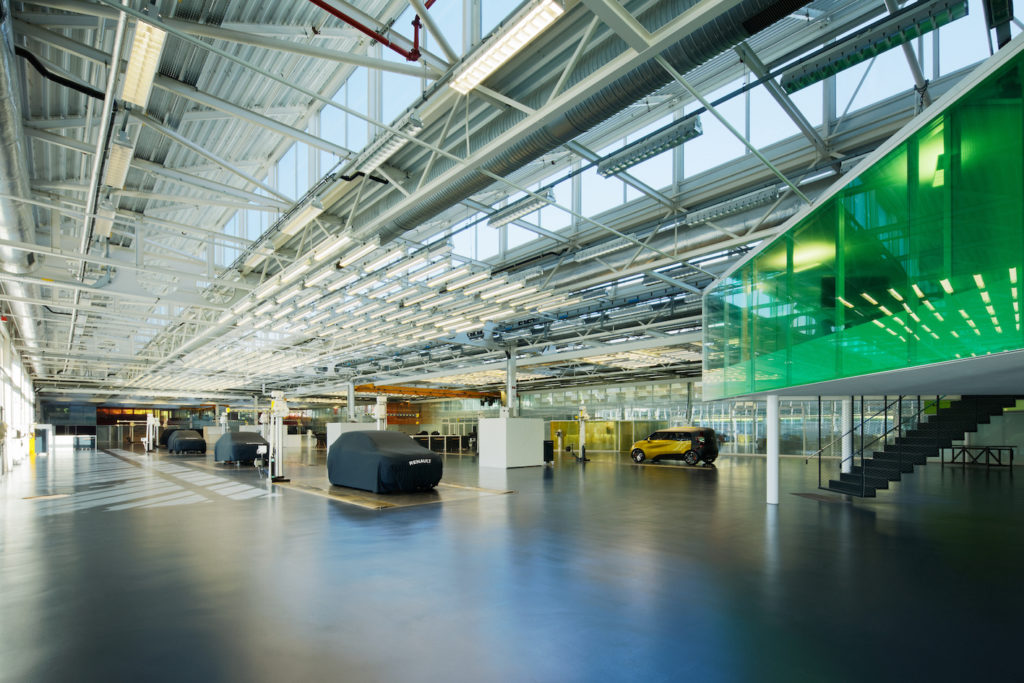
With all these Renault, Alpine and Dacia projects, do you have enough space, or even marbles, in the workshop?
“It’s true, all the brands need marbles these days! There isn’t enough space, but more seriously, the idea is to balance the work between the brands. In the past, Renault accounted for 80% of the work in the design studios and workshop. Dacia accounted for around 15% and 5% was left for other projects such as Renault-Sport or Alpine. Today, we are rebalancing the brands. Dacia has laid the foundations for a future range based on 6 or 8 silhouettes, while Alpine will have 7 silhouettes. This means that Renault will be reducing the number of its own silhouettes, and everything will balance out.”
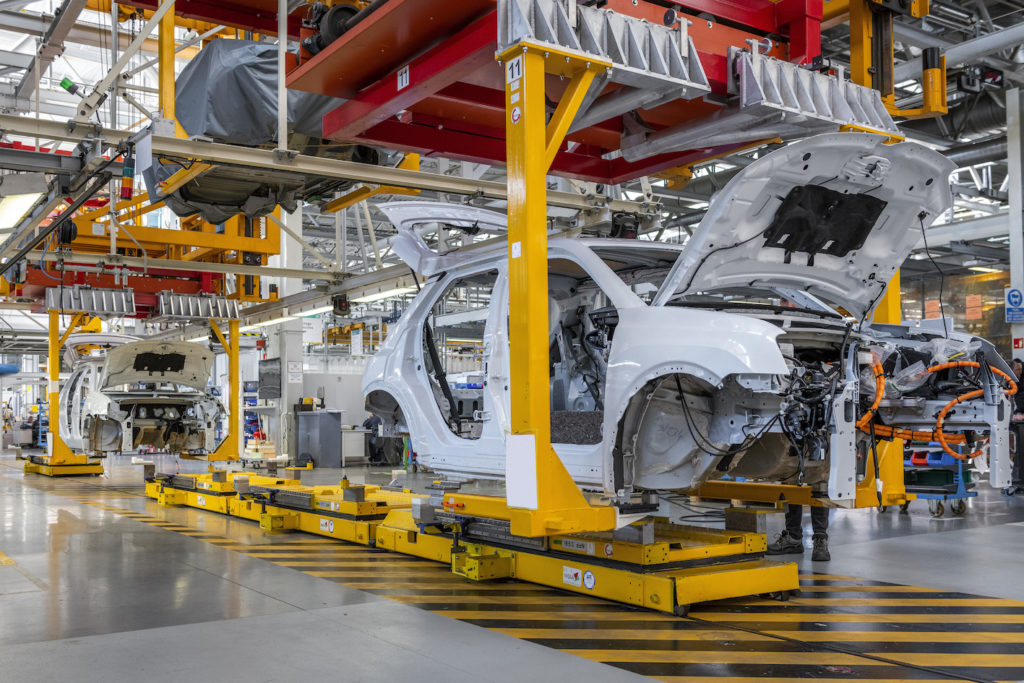
Let’s move on to Renault and the R5 that is causing such a buzz. However, this car was born before Luca de Meo’s arrival and therefore before the ‘Renaulution’.
“In 2019, we had an advanced design studio headed by François Leboine (now head of Fiat design, NDA). We looked at a car that could replace both Twingo and Zoé. Both were electric and the economic situation didn’t allow us to replace them with two separate models. So we came up with the idea of a car halfway between the two, based on an icon: the R5. A model was presented, in orange, and it was really desirable, really nice.”
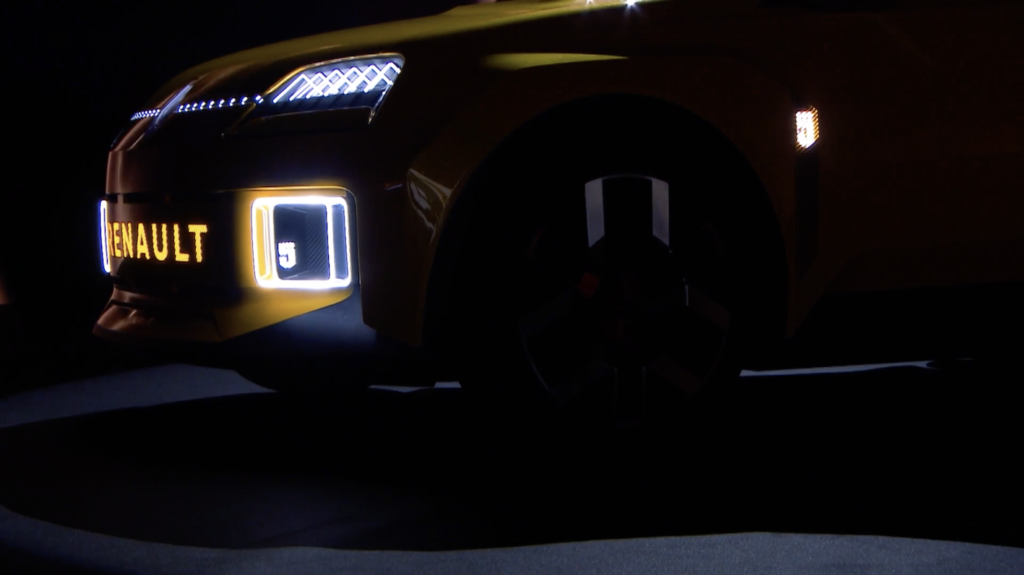
Did management include it in the product plan at the time?
“I showed it to the management at the time, but it didn’t take. Not because they didn’t like the car, but because the economic equation was unplayable for them. It was the end of 2019, and at the time, we knew that Luca was going to arrive six months later. So I told the team to put it under canvas… Like a fine wine in a cellar! We all believed in the project. The only chance it had of surviving was if Luca de Meo turned up in front of the car, we took it apart and he fell in love with it. I hoped it would work because Luca was going to look for something to show immediately after his arrival, to mark the occasion. He had launched the Fiat 500 and I thought that if all the planets aligned, it could do it. And that’s exactly what happened!”
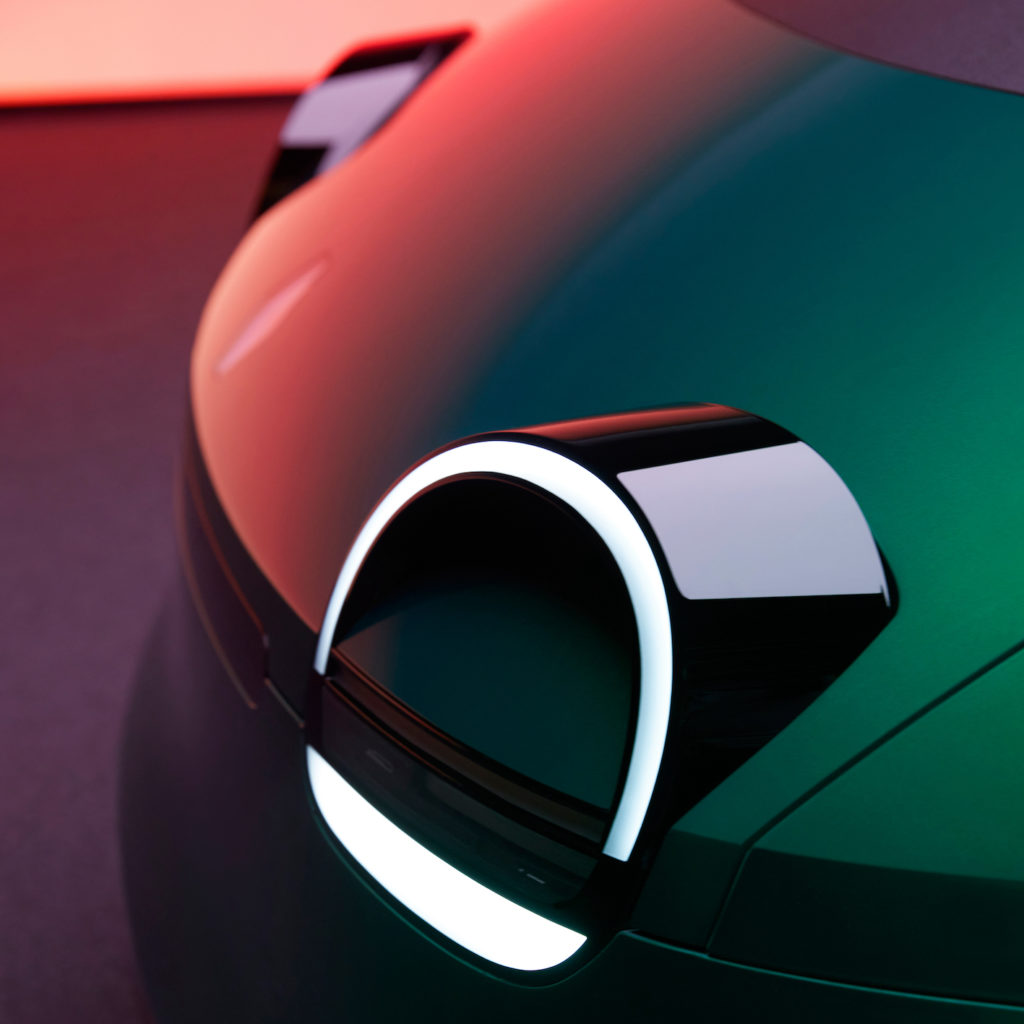
The R5, then the R4 and now the Twingo above. How far can we go with this desire to transform the icons of the past into the stars of the future?
“This strategy makes more sense than you might think. Gilles Vidal came up with a design strategy in which he imagined the brand’s future with iconic cars: those that are based on the brand’s legends – like the R5, R4 and Twingo – and those that are set to become the icons of the future, with the Scénic (below), Rafale and so on. It’s a two-range strategy, so to speak.”

It’s always a bit strange to draw on the past to imagine the future…
“In the current context of transformation of our daily lives, without even mentioning geopolitics, which generates real apprehension, the transition to electric cars will make many cars disappear, because they will no longer be relevant. That’s why I think it’s a good idea to tell a good story about our brand. We have an R5 that is creating an incredible buzz, everyone is waiting for it. We’ve tested it and people say it’s futuristic. They don’t see it as a retro car at all, they already see it as an iconic model. So why not give customers that smile? Nobody can stop us!”
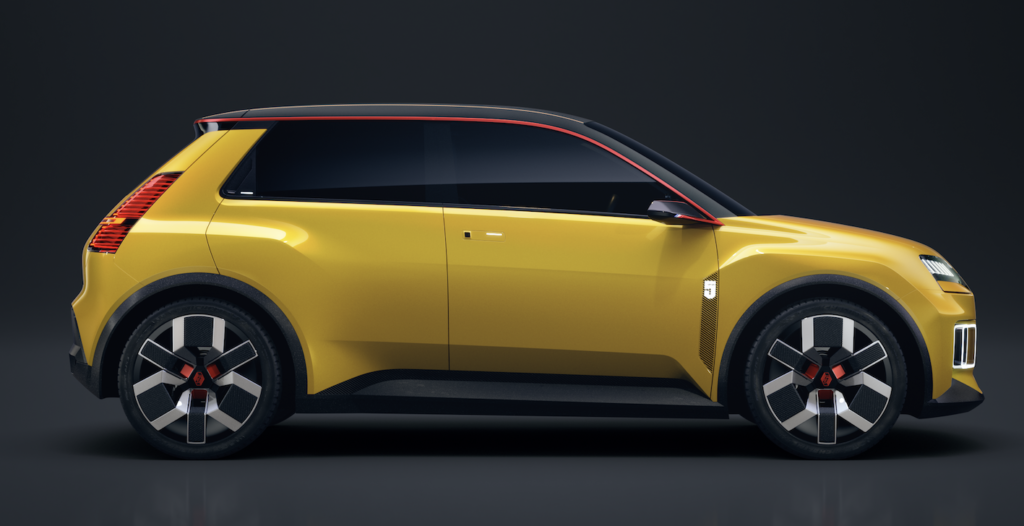
Has the architecture of the electric car helped you?
“With the new platforms, you can design cars with short overhangs and larger wheels. You can then more easily get closer to the proportions of that era (Renault 5, NDA), which was no longer possible with internal combustion cars. You have to realise that yesterday, we were thinking that we wouldn’t be able to make an Espace or a Twingo any more.”
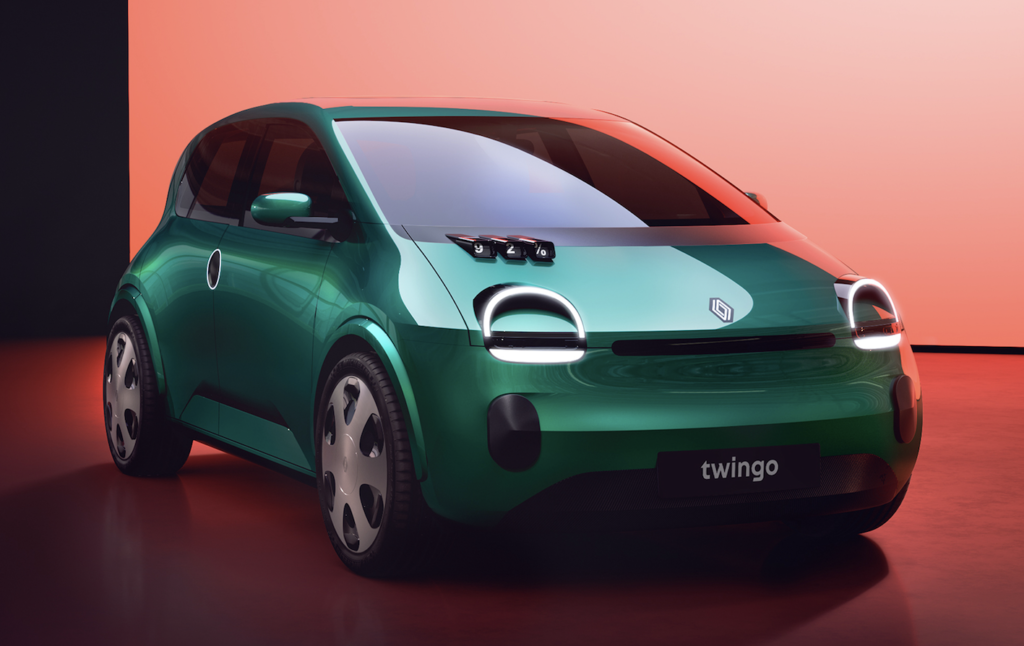
Isn’t a Twingo on top of the R5 and R4 too much?
“We don’t want yesterday’s icons to become the only way forward. Take a look at our range, it’s not just these models. We also produce the Rafale, the Scénic and we’re also going to make a Clio, which is going to be very modern! There is no single solution, no single answer. Both strategies are possible. Look at the Hyundai brand: the Ionic 5 and 6 are completely different, and I don’t think the market is complaining about that.”

Between the R5, R4 and Twingo and the second half of the range, the identity of the range differs greatly…
“With the arrival of Luca de Meo, a lot has changed in terms of the range. If I draw a comparison with my own experience, when I arrived at Renault in 2009, I was asked to create a brand identity, from the Twingo to the Espace, including the Trafic and Master. At the time, the models all had quite different identities. With the arrival of Luca de Meo, another cycle began. He didn’t want everything to look the same. He wanted to return to an identity specific to each model, explaining that people buy a car, not a brand. So we gave ourselves more freedom to create a specific expression for each model.”
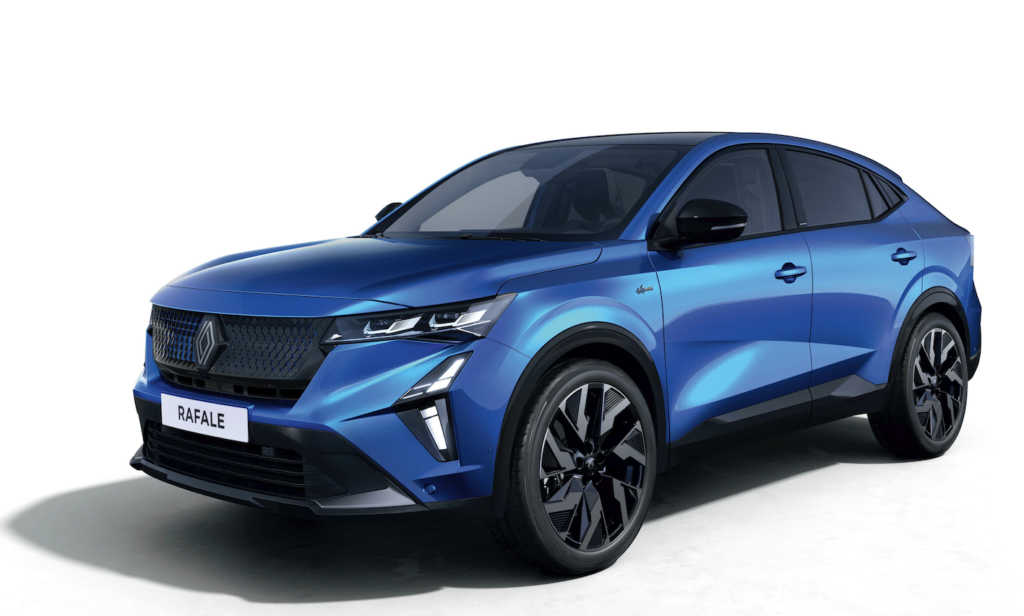
In terms of design, there have been a number of comments about Renault’s new Vidal styling, which resembles Peugeot’s (above, the Rafale crossover). What are your comments?
“I think the first wave of reaction when a manufacturer brings out a new car is to compare it with what already exists. When we launched the Clio IV, we read that it looked like a Seat! It’s an initial instinctive reaction, especially as Gilles comes from Peugeot. It’s a bit like Ronaldo moving from Real Madrid to Barcelona! People systematically looked for ‘Peugeot’ in his design. I think Gilles comes with a wealth of experience, and he obviously has certain stylistic traits that suit him. I can see what he’s designing now and I have no qualms about what’s to come. Each car will have even more personality. The aim is to design cars that are attractive, and Gilles knows how to do that!”
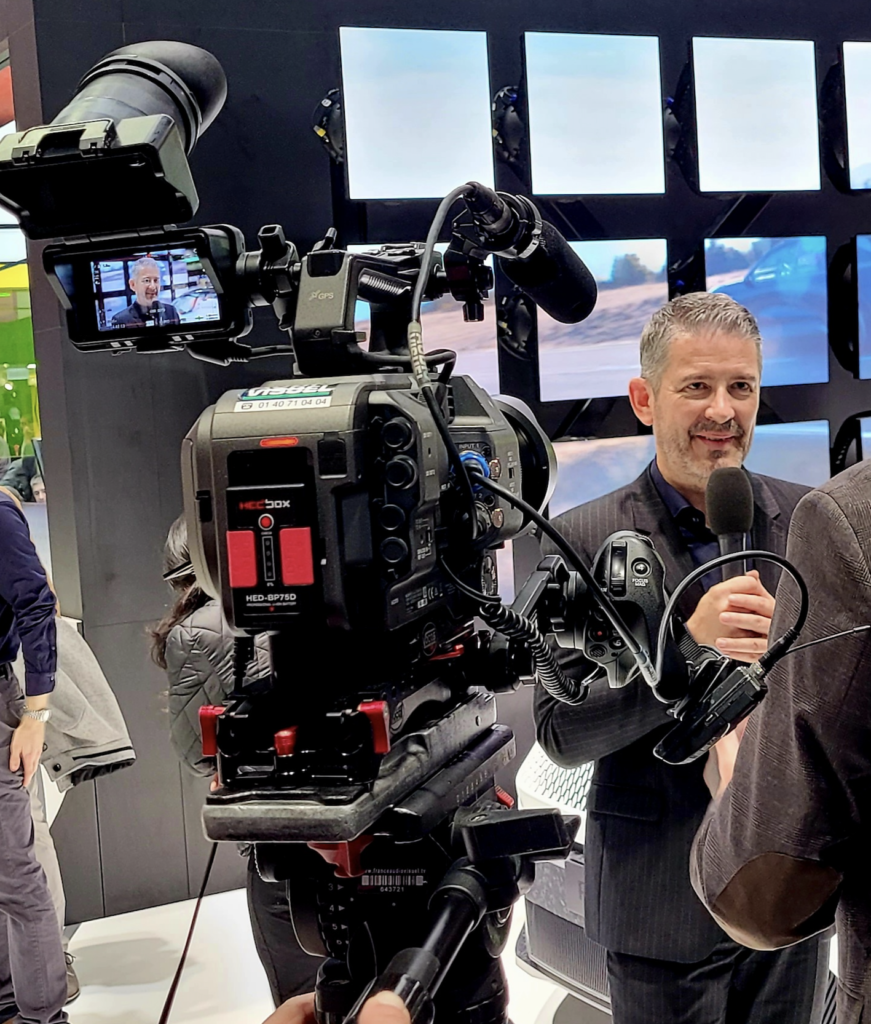
With all these projects, there’s no time left to design concept cars?
“It’s all a question of context. When I arrived in 2009, I knew that it would be three years before the first car arrived. So I had to make people dream, right away, with a concept car. I’ve always loved concept cars, including when I worked for Mazda. At Renault, there have been a total of nearly fifteen concept cars since I arrived. And let’s not forget that, at that time, shows were being organised all over the world. Luca de Meo has a different philosophy and he’s right to say that the group in 2020 was in a delicate situation. So we had to come up with promises we could keep. Everything we’ve shown since the ‘Renaulution’, we’re capable of producing.” Below, the body of the next R5 EV.
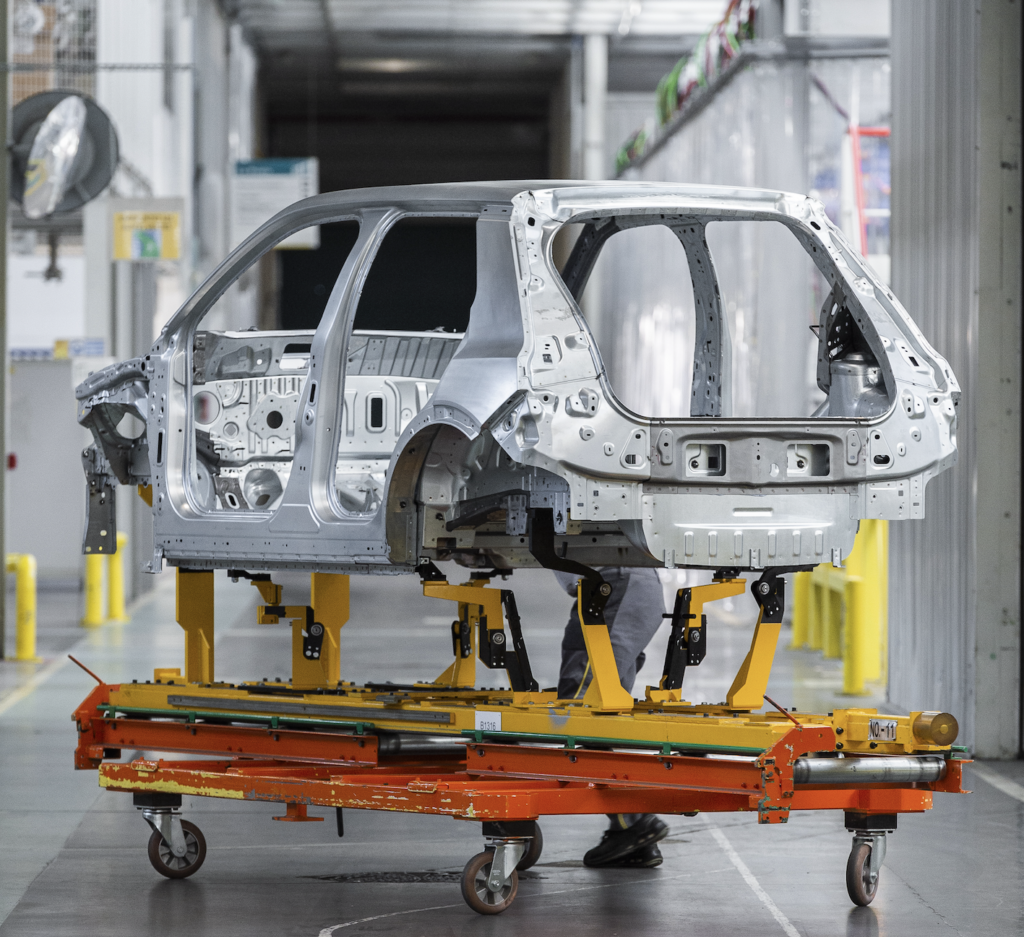
So the 4-Ever and the Twingo Legend are not just concept cars? They’re practically the cars we’ll be seeing on the streets?
“Yes, that’s the advantage of this strategy: you don’t get people excited only to disappoint them three years later.”
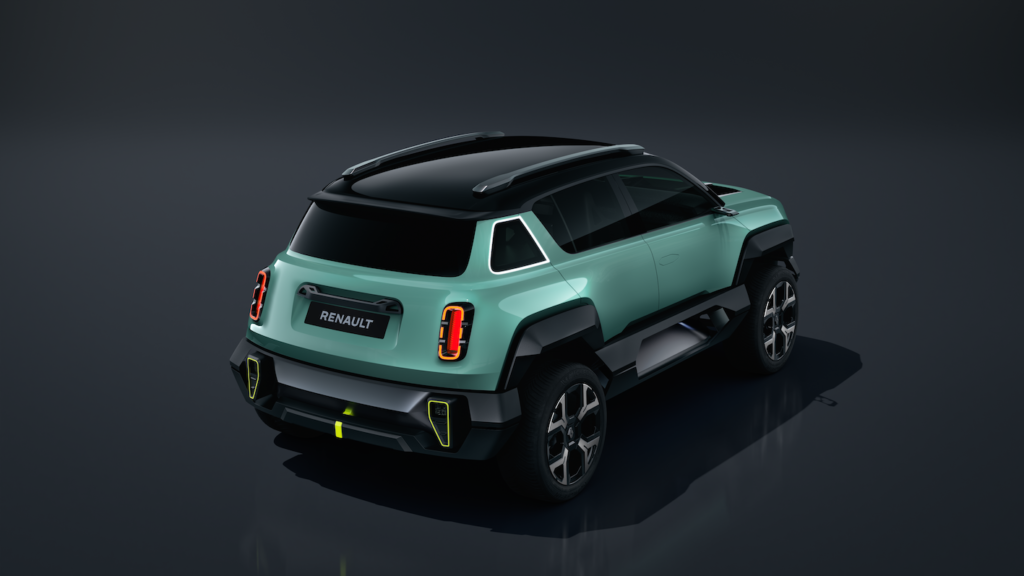
Your portfolio of brands also includes Mobilize. Couldn’t this brand enter the world of e-VTOLs, these flying “single-seaters” for a new form of individual mobility?
“Personally, I don’t have a lot of faith in eVTOLs (Electric Vertical Take-off and Landing, NDA) because I immediately wonder how to manage the flow of hundreds of these vehicles in the air! It seems pretty risky to me. The real objective of Mobilize is micromobility and rethinking everything that exists between the four-wheeled car and the pedestrian. It could be all sorts of machines.”
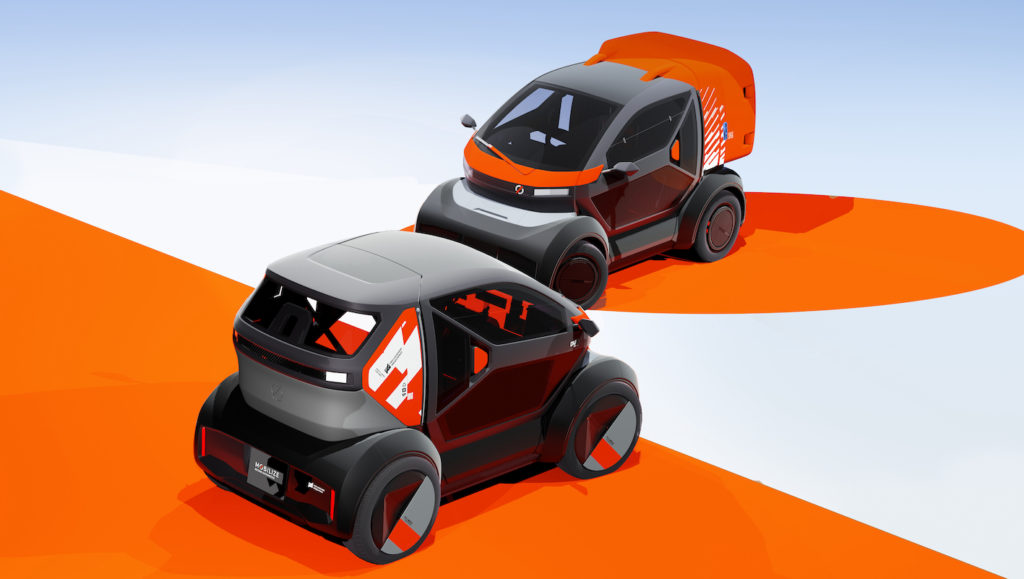
“Mobilize is not just about products, it’s also a brand that gives you access to mobility that suits you: by the minute, by the day, by the week or by the month. These are forms of mobility that are becoming increasingly popular. It’s not yet obvious in terms of immediate profitability, because there’s a lot of competition to find the right solution. But we all know that in ten years’ time it’s going to be a huge business. And if you want to be there in ten years’ time, you have to start today. We’ll be keeping a close eye on our new Bento and Duo products” (below).
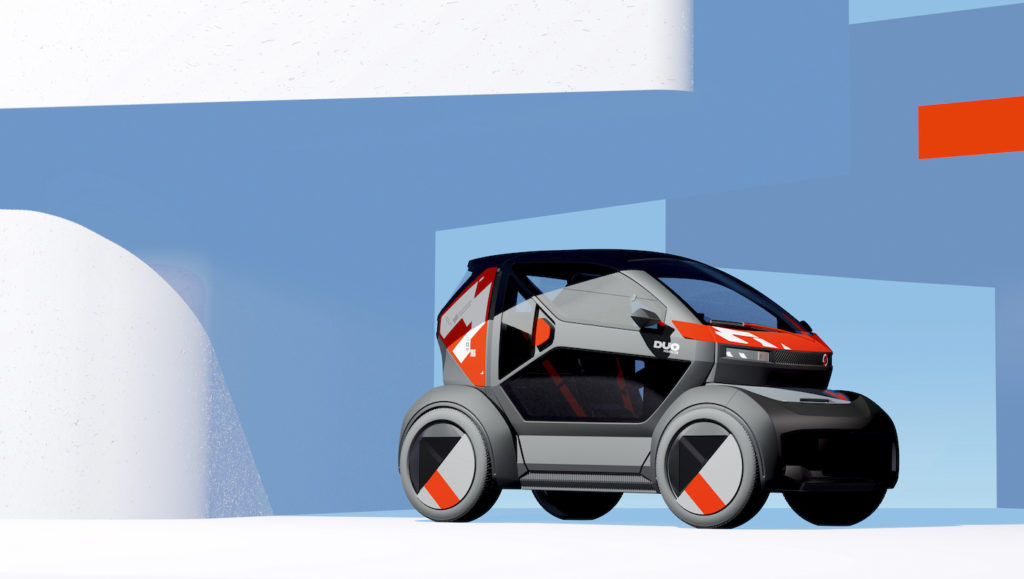
What is your assessment of Renaulution?
“Already, from a business point of view, it’s effective. The surprise was the speed of execution: in just three years. On the product side, when I look at the press after the release of new models, the feedback is positive, even very positive. The brands are becoming increasingly mature, particularly Dacia and Alpine. As far as Alpine is concerned, you haven’t seen everything yet, but you will. Dacia is now on a boulevard that makes you want to drive! As for Renault, the cars that are in the pipeline are going to do us a lot of good, and Mobilize has enormous potential.”

“From a human point of view, we have a boss in Luca de Meo who is passionate about design and cars. He’s involved in a lot of projects. On the engineering side, with Gilles Le Borgne (above), we have a five-star team! It wasn’t that easy to take the R5 to series production. Gilles Le Borgne moved the lines and created the engineering we needed to help us, and he made the difference. The future is full of incredible challenges, sometimes difficult given the context, but we’re going to fight with some great assets.”
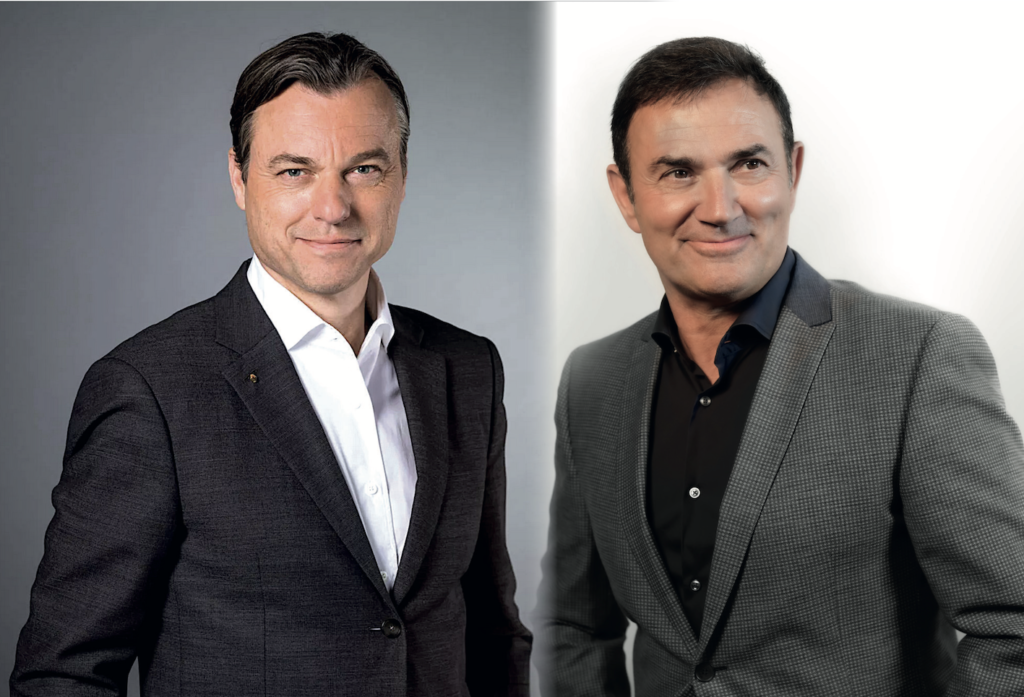
And you, personally, play a role identical to that of Jean-Pierre Ploué at Stellantis. Except that you only have four brands. Is that simpler?
“The Group has a very clear design strategy, because people understand that a Dacia is not an Alpine, and that a Renault is not a Dacia. Remember that a few years ago, we were told that we had to be a group with ten or so brands to survive. Times are changing. “Small is beautiful” could help us, even if having more volume always helps. But from a design point of view, I don’t envy Jean-Pierre too much, because with 14 brands, you have 14 children. And life is more complicated with 14 children than with 4, isn’t it?”
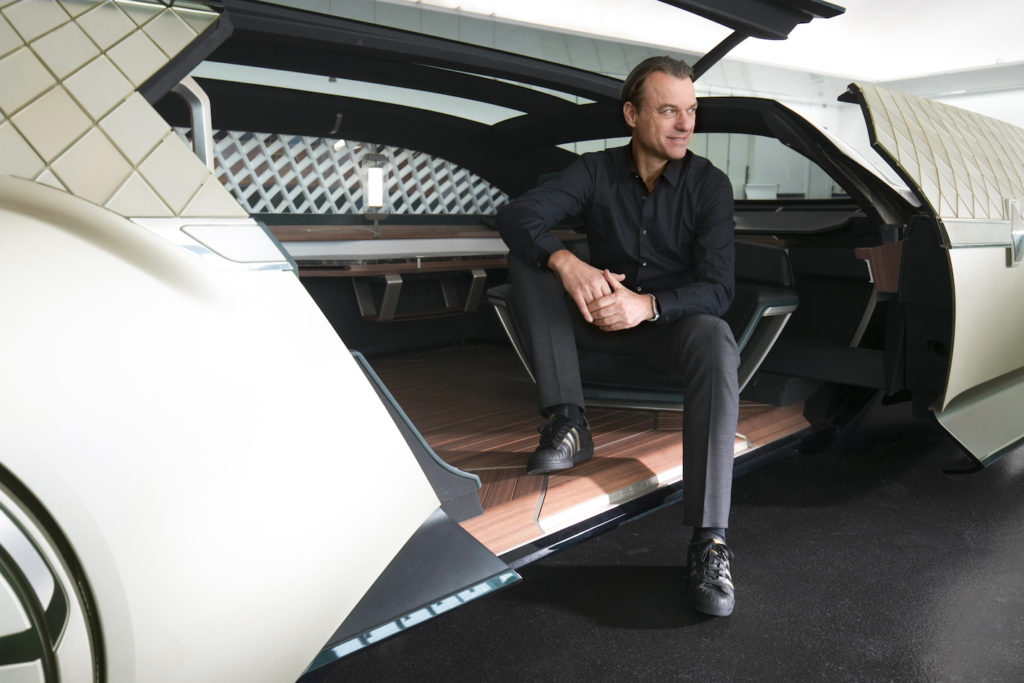
Thank you to the Renault and Renault Design communications teams. And thanks to Laurens van den Acker for his availability.
TRIBUTE TO FLORIAN THIERCELIN
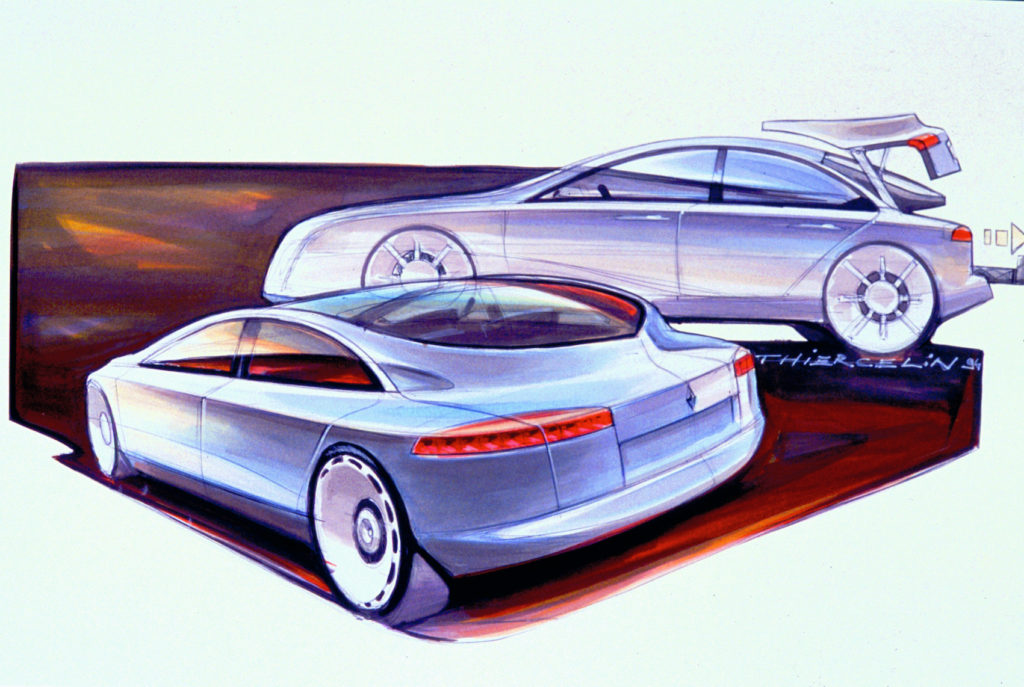
The interview took place just one day after the death of designer Florian Thiercelin. Laurens van den Acker had these few words to pay tribute to him. “I heard the bad news yesterday. We knew he wasn’t well, but he was a discreet man. He designed the centenary concept car in 1998, the VelSatis. From a design point of view, you could put the car back in a living room or on the street today, and it would still be relevant. It embodied the avant-garde spirit that is Renault. It remains my favourite car. Florian was a great talent, and my thoughts are with his family.”

You can read Florian Thiercelin’s tribute here: http://lignesauto.fr/?p=31236

